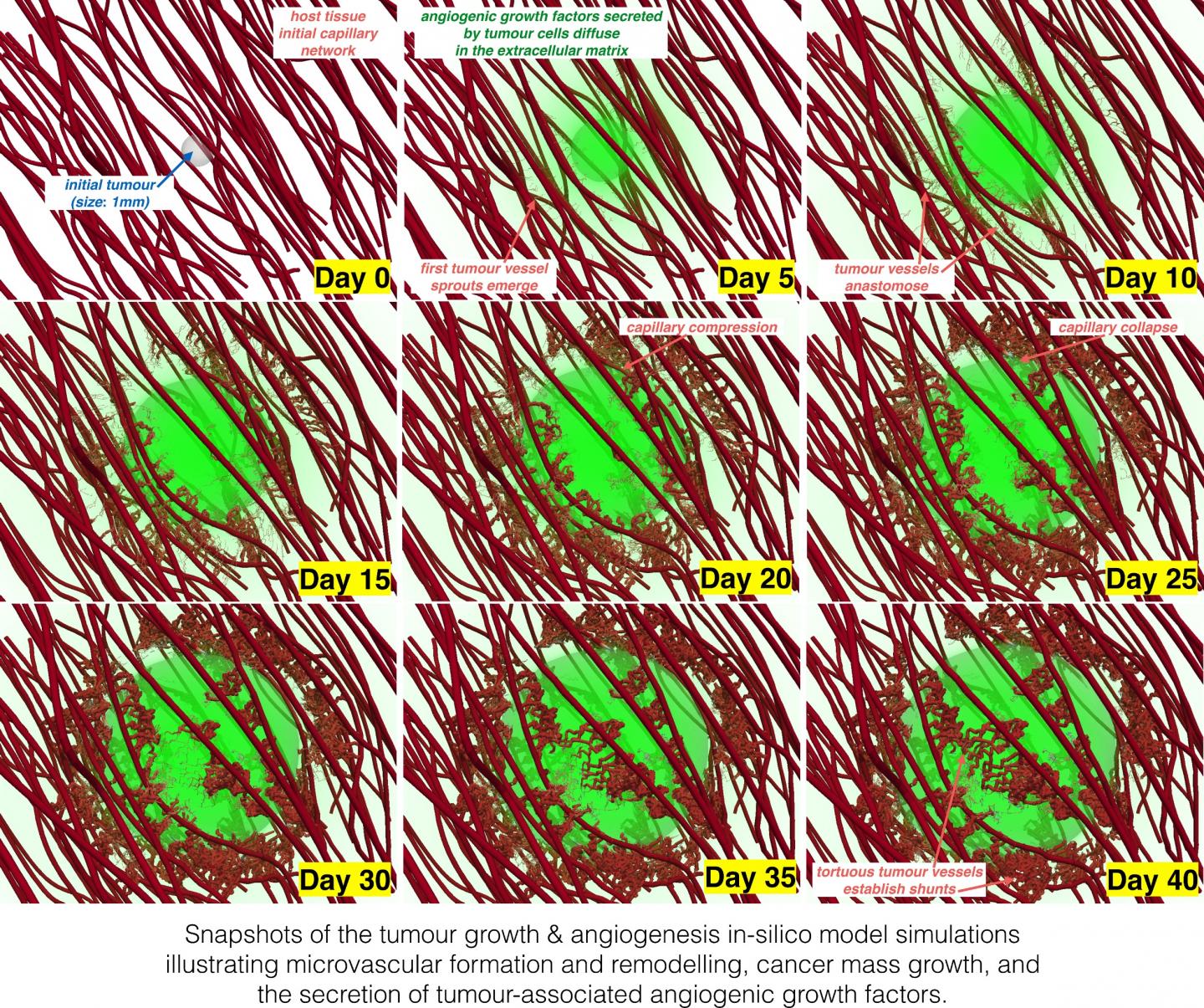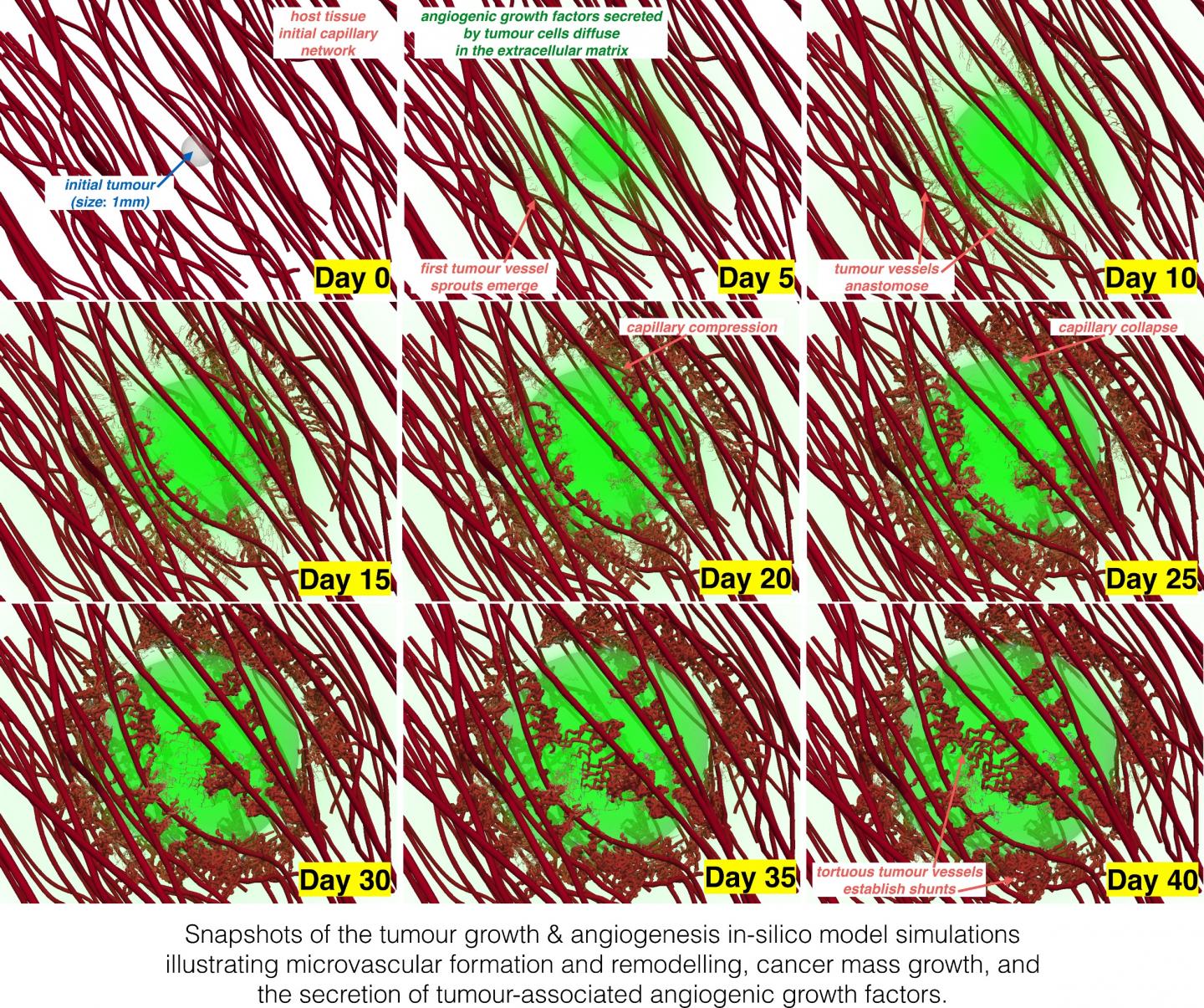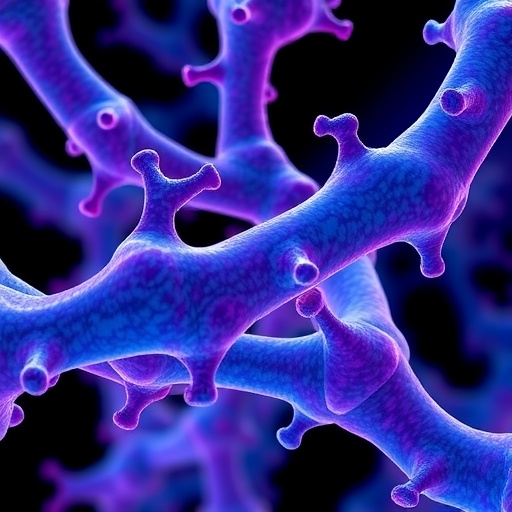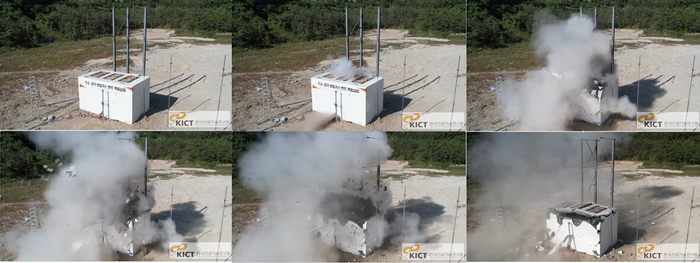
Credit: Vavourakis et al.
Mechanical pressure caused by cancer growth plays a key role in the development and distribution of blood vessels in tumors, according to a new UCL (University College London) study published in PLOS Computational Biology.
Previous research has shown that solid tumors (lung and brain tumors, for example) use biochemical signals to trigger the growth of new blood vessels that deliver nutrients and promote tumor growth. However, little is known about how mechanical forces exerted by a growing tumor affect these blood vessels.
In the new study, Vasileios Vavourakis of UCL and colleagues developed a three-dimensional computational model to simulate tumor-induced blood vessel development. Unlike previous models that only considered biochemical processes, their model also incorporates the mechanical processes at play during tumor growth.
Using the new model, the researchers demonstrated that a growing tumor can compress and sometimes collapse blood vessels, thus, blocking blood flow to parts of the tumor. This could deprive the tumor of oxygen and cause it to behave more invasively. It could also cause drugs to be delivered unevenly throughout the tumor, reducing the efficacy of treatment.
To help validate the model, the scientists compared its output with real-life observations of blood vessel formation in mice with cancer. They found that the model more accurately simulated blood vessel growth and distribution when mechanical processes–not just biochemical cues–were incorporated.
"The next steps of our research are to combine our computational modeling platform with experimental investigations to improve the delivery of anti-cancer drugs and the efficacy of radiotherapy," Vavourakis says. "Our aim is to reduce the dependence on animal studies in developing anti-cancer therapies, and to design more effective human clinical trials."
###
In your coverage please use this URL to provide access to the freely available article in PLOS Computational Biology: http://journals.plos.org/ploscompbiol/article?id=10.1371/journal.pcbi.1005259
Citation: Vavourakis V, Wijeratne PA, Shipley R, Loizidou M, Stylianopoulos T, Hawkes DJ (2017) A Validated Multiscale In-Silico Model for Mechano-sensitive Tumour Angiogenesis and Growth. PLoS Comput Biol 13(1): e1005259.doi:10.1371/journal.pcbi.1005259
Funding: VV is supported by a Marie Curie Intra-European Fellowship grant (FP7-PEOPLE-2013-IEF, 627025). PAW and DJH were supported by a European FP7 project (FP7-ICT-2011-9, 601040) and an Engineering & Physical Sciences Research
Competing Interests: The authors have declared that no competing interests exist.
Media Contact
Vasileios Vavourakis
[email protected]
############
Story Source: Materials provided by Scienmag






